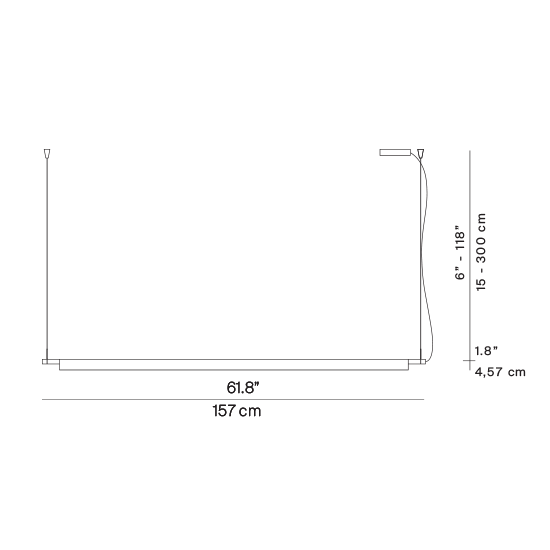CompendiumSuspension
designed by Daniel Rybakken
The Compendium suspension is an essential, elegant lamp that spreads an ample quantity of light on surfaces. It is versatile, for direct downward or indirect upward lighting, adjusted by rotating the reflector at the time of installation. The lamp can be used with a wall dimmer.
Models
D81BW2 D81B2
Compendium

D81BW2 D81B2
Compendium
Main specifications
| Typology | Suspension | ||||||
|---|---|---|---|---|---|---|---|
| Application | Indoor | ||||||
| Material |
|
||||||
| Finishes |
|
||||||
| Dimensions (mm) | H cable min 150 – max 3000, h 45, L 1570 | ||||||
| Weight (kg) | 3.1 | ||||||
| Light Source | 33W (only light source – for more details, download datasheet), 2700K, 3000K, CRI 90 | ||||||
| Insulation Class | III |
Download
Accessory

Linear and tee joints make multiple compositions possible.

Get inspired












